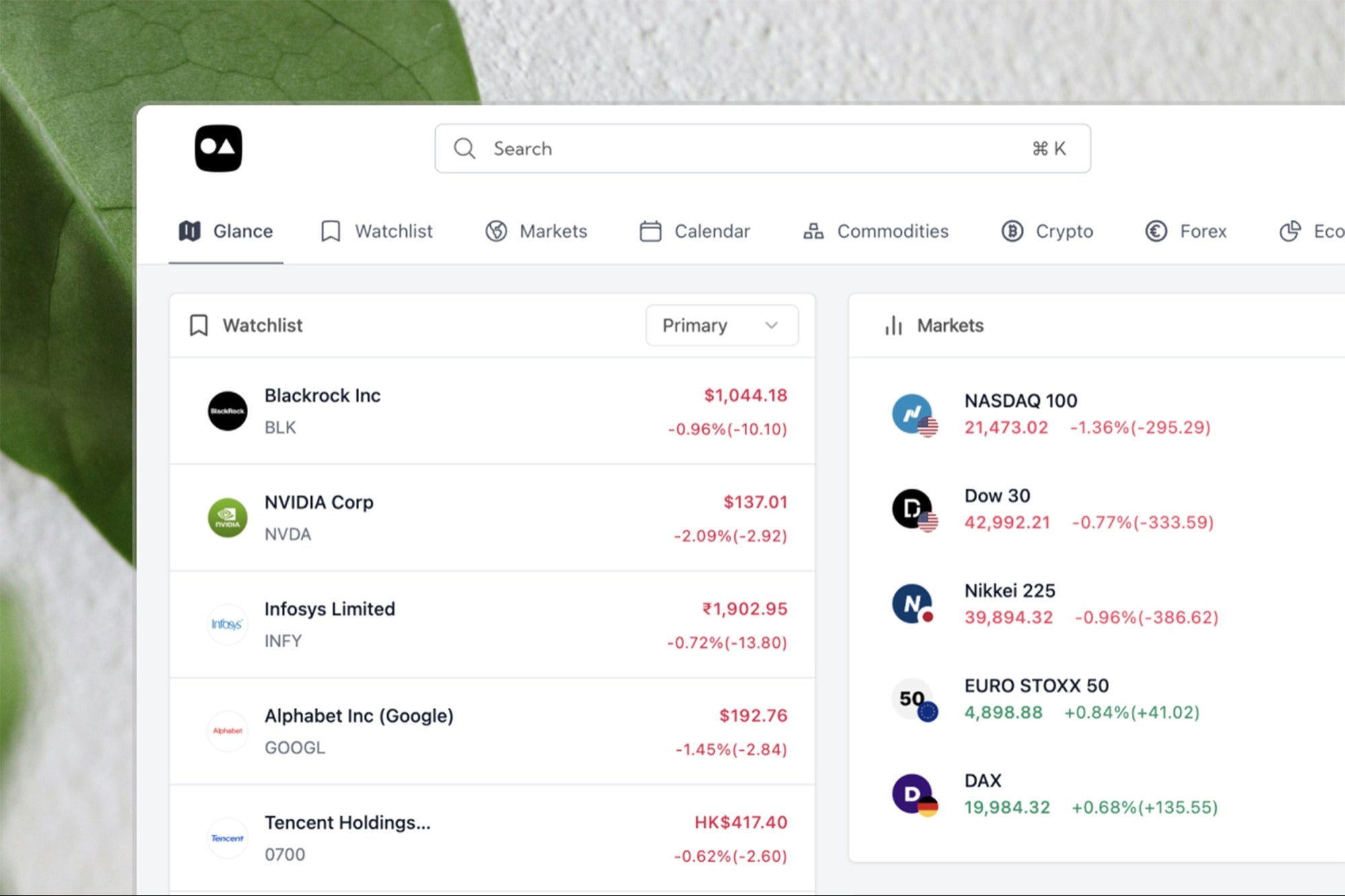How Scientists Are Hacking Cancer A cell therapy known as CAR-T is so promising that researchers are now trying to deal with a new problem -- how to keep up with demand.
This story originally appeared on PCMag

The use of "cell therapies" -- that is, treating diseases by introducing living cells into a patient -- is nothing new. Doctors have been successfully transplanting human bone marrow for more than 60 years, and transfusing blood for nearly a century.
But today, the front lines of oncology are being energized by a novel form of cell therapy whereby the patient's own tissue is "reprogrammed" to destroy cancers at the cellular level.
With Chimeric Antigen Receptor-T-Cell (CAR-T) therapies, a patient's T-cells are removed and then geneticially tweaked to go to battle with a particular form of cancer. Over the past five years, clinical trials involving those hardiest and most advanced cases have produced some impressive results -- particularly in blood cancers, with response rates reaching 90 percent in some forms of leukemia.
Dozens of trials are currently underway for various forms of cancer, and the FDA is fast-tracking the approval process for using CAR-T therapies to treat Acute Lymphoblastic and aggressive B-Cell lymphomas. If everything goes well, these treatments will be available commercially by early next year.
Keeping up with demand
While the treatment is still in its early days, there is one big looming problem on the horizon -- keeping up with demand. At present, producing these treatments is a complex and time-consuming affair.
"You have to do a type of blood draw called a leukapheresis, which separates out the T-cells. And then you ship it to a central factory, and then they have a two- to three-week window in which they are able to turn around the genetic modification of the cells. And then ship it back to where the patient lives, to their nearest clinical center for infusion," explains Reggie Smith, a principal scientist at General Electric who is working with pharmaceutical manufacturers to optimize the CAR-T production process.
Not only are there several steps needed to create the reprogrammed cells, but whenever you are dealing with living tissue, the materials must be skillfully prepared to avoid contamination and deterioration, which greatly adds to complexity and cost.
Currently, "vein-to-vein" times span from two to four weeks depending on the techniques utilized.This anticipated surge in demand for CAR-T therapy is pressuring pharmaceutical manufacturers to devise new methods to make production more efficient.
GE is one of the partners which Big Pharma has turned to speed up the production process. Recently, the company has been concentrating on marrying its years of experience making industrial strength hardware with new advances in software automation. Utilizing these state-of-the-art industrial processess should not only speed up production, but make the product safer as well.
"A process has to be followed, so we're working on automating of the process to minimize deviations from human error," explains Smith. "Because these are complex drugs, and a lot of things along the way -- even if not very obvious or intuitive -- can affect the quality of what you get and the safety profile of what you get at the end. So, those processes have to be locked down pretty tight."
Once new techniques are created for this promising cure, we should see a flood of treatments for all sorts of diseases.










